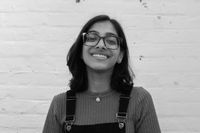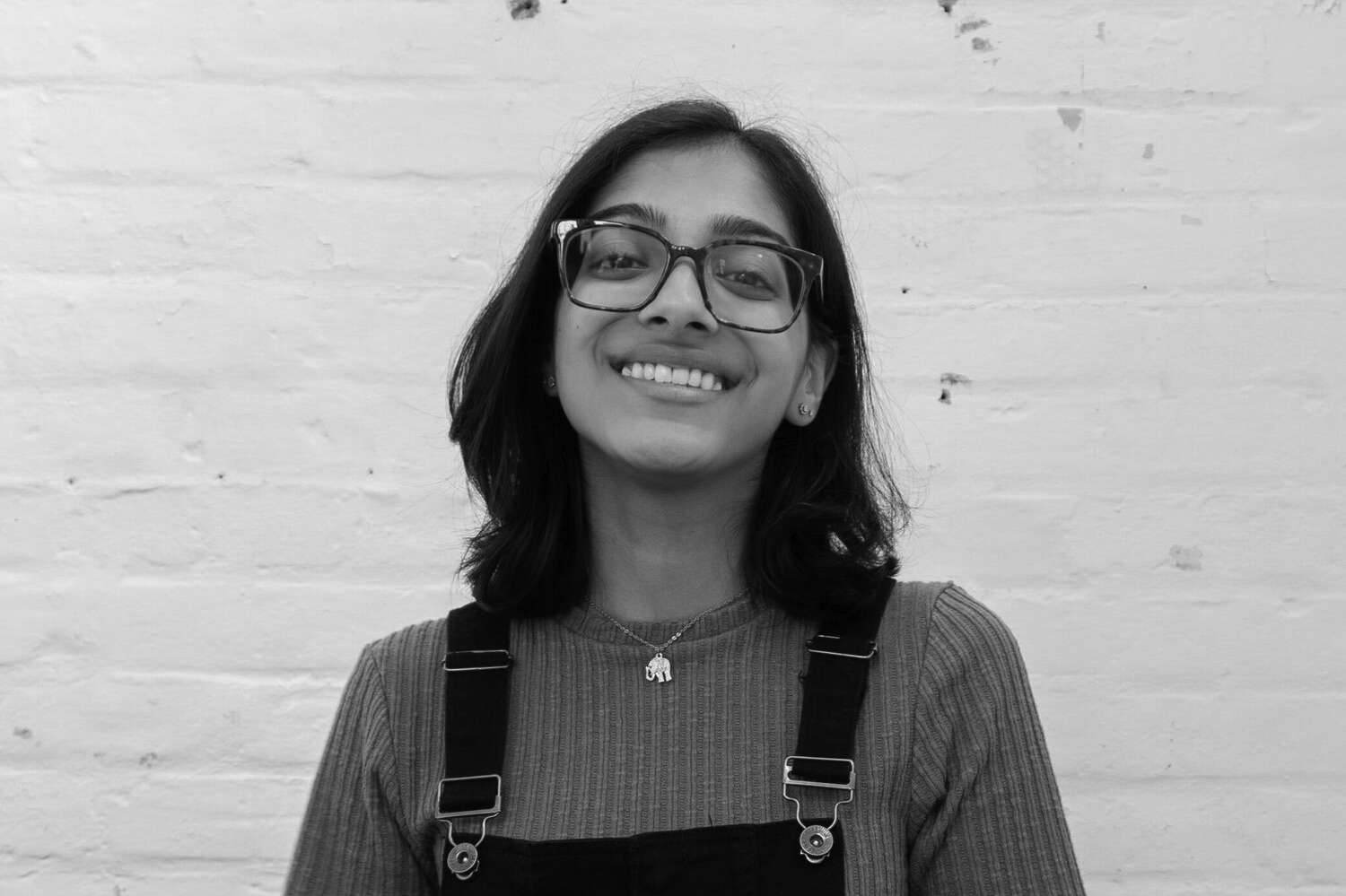The shape of Earth's core is changing
Mysteries remain at the center of the planet


Scientists have uncovered new information about the Earth's core: it may not be completely solid. Instead, its center may be more malleable than expected and has changed shape in recent years. These findings could lead to a better understanding of the inner workings of our planet and how life here will evolve over time.
'Almost science fiction'
The Earth is made up of different layers. The outermost is the crust, which is where we humans stand. The next layer is the mantle, which makes up most of Earth's volume and is composed of dense, semi-solid rock. Then there is the outer core, made of liquid metal, and the inner core, a solid ball of metal. At least, that is what scientists thought.
New research published in the journal Nature Geoscience found that the core's shape has shifted during the past 20 years. Scientists say the shape change is happening where the solid inner core meets the liquid outer core. "The molten outer core is widely known to be turbulent, but its turbulence had not been observed to disrupt its neighbor the inner core on a human timescale," John Vidale, a professor and earth scientist at the University of Southern California, as well as the principal investigator of the study, said in a statement. "What we're observing in this study for the first time is likely the outer core disturbing the inner core."
The Week
Escape your echo chamber. Get the facts behind the news, plus analysis from multiple perspectives.

Sign up for The Week's Free Newsletters
From our morning news briefing to a weekly Good News Newsletter, get the best of The Week delivered directly to your inbox.
From our morning news briefing to a weekly Good News Newsletter, get the best of The Week delivered directly to your inbox.
These findings come after researchers studied seismic waveform data from 121 repeating earthquakes between 1991 and 2024 across 42 different locations near the South Sandwich Islands, north of Antarctica. "As I was analyzing multiple decades' worth of seismograms, one dataset of seismic waves curiously stood out from the rest," Vidale said. "Later on, I'd realize I was staring at evidence the inner core is not solid." Further, the data showed that the inner core had been moving and not behaving like a solid ball of metal. Visualizing what is happening at the inner core is "almost science fiction," Vidale said to CNN, because it is "so different from our day-to-day lives, with different timescales, different materials and incredible forces."
'A new perspective'
Earth's core has been a growing topic of interest. It is responsible for the planet's magnetic field, which protects life from the sun's radiation. Despite its importance, there is still much that scientists do not know about the center of the Earth. A 2024 study, for example, found that the rotation of Earth's core had slowed down. This new study "introduces a new perspective — non-rotational changes — adding another dimension to the discussion," Dr. Yoshi Miyazaki, an associate professor in the Department of Earth and Planetary Sciences at Rutgers University, said to CNN. The structural and rotational changes of the core may have even "minutely altered the length of a day," USC Today said.
The new research presents a unique opportunity to witness changes to Earth at a smaller level. "Earth evolves on a geological timescale, so observing changes on an annual timescale is always intriguing, as it enhances our understanding of inner core dynamics," said Miyazaki.
A free daily email with the biggest news stories of the day – and the best features from TheWeek.com
Devika Rao has worked as a staff writer at The Week since 2022, covering science, the environment, climate and business. She previously worked as a policy associate for a nonprofit organization advocating for environmental action from a business perspective.
-
 Who is fuelling the flames of antisemitism in Australia?
Who is fuelling the flames of antisemitism in Australia?Today’s Big Question Deadly Bondi Beach attack the result of ‘permissive environment’ where warning signs were ‘too often left unchecked’
-
 Bulgaria is the latest government to fall amid mass protests
Bulgaria is the latest government to fall amid mass protestsThe Explainer The country’s prime minister resigned as part of the fallout
-
 Codeword: December 15, 2025
Codeword: December 15, 2025The daily codeword puzzle from The Week
-
 Blue Origin launches Mars probes in NASA debut
Blue Origin launches Mars probes in NASA debutSpeed Read The New Glenn rocket is carrying small twin spacecraft toward Mars as part of NASA’s Escapade mission
-
 ‘The Big Crunch’: why science is divided over the future of the universe
‘The Big Crunch’: why science is divided over the future of the universeThe Explainer New study upends the prevailing theory about dark matter and says it is weakening
-
 Dinosaurs were thriving before asteroid, study finds
Dinosaurs were thriving before asteroid, study findsSpeed Read The dinosaurs would not have gone extinct if not for the asteroid
-
 The moon is rusting
The moon is rustingUnder the radar The Earth is likely to blame
-
 Panspermia: the theory that life was sent to Earth by aliens
Panspermia: the theory that life was sent to Earth by aliensUnder The Radar New findings have resurfaced an old, controversial idea
-
 Africa could become the next frontier for space programs
Africa could become the next frontier for space programsThe Explainer China and the US are both working on space applications for Africa
-
 NASA reveals ‘clearest sign of life’ on Mars yet
NASA reveals ‘clearest sign of life’ on Mars yetSpeed Read The evidence came in the form of a rock sample collected on the planet
-
 Canyons under the Antarctic have deep impacts
Canyons under the Antarctic have deep impactsUnder the radar Submarine canyons could be affecting the climate more than previously thought
